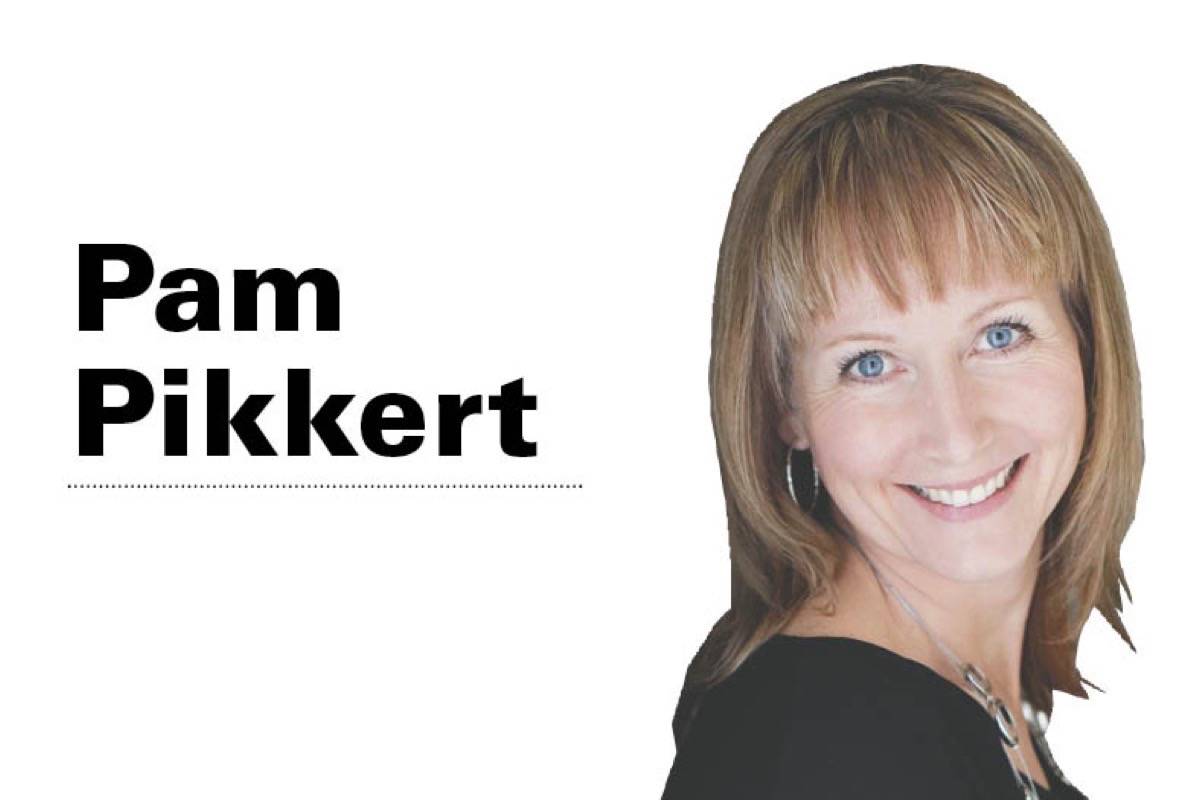One call I often receive from people is about refinancing their home in order to pull out funds for other purposes. Given how common this question is, we should probably stop and take a look at the ins and outs.
Equity is the term we use to refer to how much your home is worth less how much you owe on the mortgage. The difference between the two is your equity. For example, your home is worth $450,000 and you owe $300,000 to the bank, you have an equity position of $150,000 in your home.
The federal government came in a few years back and made some rule changes as to how refinances are handled in Canada. Their aim was to ensure Canadians would avoid getting upside down in their mortgages by borrowing against their homes excessively.
The main rule change they made in regards to this is that you can only borrow 80% of the property’s value on a refinance. In the case above, that person would only be able to access 80% or $360,000 less the outstanding mortgage balance of $300,000 for a grand total of $60,000 which could be used for almost anything you like.
The costs to keep in mind for a refinance are:
1. Penalty to break the first mortgage – mortgages are a contract and there is a cost which will be paid by you to break it. Call your current mortgage provider to get an exact amount prior to deciding if you would like to refinance. There is no set rule on how these penalties are calculated and I have seen them vary from $3,000 to $13,000 between banks with all else being equal.
2. Appraisal – the bank must ensure the value of the home which requires a qualified appraiser to assess the genuine value of your home. The appraiser will visit your home to take pictures and assess its overall condition. Then they use their expertise to compare your home to similar ones which have been recently sold to determine the value. Cost will be $350-$500.
3. Higher rates – another change the government made was that refinances cannot be insured through mortgage default insurance. That was a common practice for a number of years in Canada though the cost was born by the bank. This means your home with a larger equity stake is considered less secure by the banks and they charge a higher interest rate to reflect the increased risk. As of today a client buying with 5% down could be offered a rate of 3.04% while a refinance are typically coming in at 3.34%.
4. Legal fees – you will be taking an entirely new mortgage which means that it has to be legally registered on the title. Depending on your bank this will cost $500-$1,000.
A few things to note:
– Most banks will allow a maximum of $200,000 in extra funds from a refinance so check around if you need more.
– If you are planning to refinance to improve the home you can borrow against the ‘as improved’ value once you provide the appraiser all of the necessary quotes. This can free up additional funds to complete the renos.
– If you are considering a Home Equity Line of Credit – the maximum amount of mortgage which can be placed in this product is 65% of the property’s value.
– You will be required to go through the mortgage process again. Your employment will be verified. Your credit will be checked and all the rest of that good stuff you did in the first place.
As always a call or meeting with a well-qualified mortgage professional is your best bet to ensure you get the best mortgage for your situation.
Pam Pikkert is a mortgage broker with Dominion Lending Centres – Regional Mortgage Group in Red Deer.



